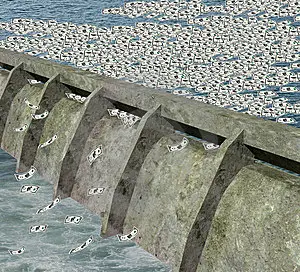This is a Guest Post by AK of Fallible
AK has been an analyst at long/short equity investment firms, global macro funds, and corporate economics departments. He co-founded Macro Ops and is the host of Fallible.
This episode of Real Vision’s The One Thing with AK Fallible is all about the Federal Reserve and how they control the economy.
To understand why investors pay so much attention to the Fed, we need to go back to 2008, when Fed Chairman Ben Bernanke saved the world economy! Well, some people may disagree… but back then during the crisis, liquidity was drying up and the economy was grinding to a halt.
So the Fed and the treasury had to do some pretty drastic, unconventional things to fix it. First the Fed took interest rates to zero. Then they started taking bad bonds off bank balance sheets and putting them onto their own. And after that that they eventually hit the markets with Quantitative Easing. Now QE, as everyone calls it, is where the Fed actually bought treasuries, which suppressed interest rates and flooded the market with cheap, free money. And that’s why they called Bernanke “Helicopter Ben”, because it was like he was dropping free money out of a chopper.
A lot of people think the Fed “prints money” but they don’t. Only the treasury can print money.
The Fed affects money in the economy in 3 ways. The first is through the reserve requirement they set for banks, telling them how much money they need to keep in reserves. When the Fed lowers that requirement, then banks can make more loans, meaning they put more money into the economy. The second way is through the discount rate, which is the rate that banks can borrow money from the Fed. The lower this rate is the more borrowing and loaning they can do. The third way is through open market operations, which is basically QE, where the Fed buys treasuries and other securities from banks, shoveling more money out into the economy
